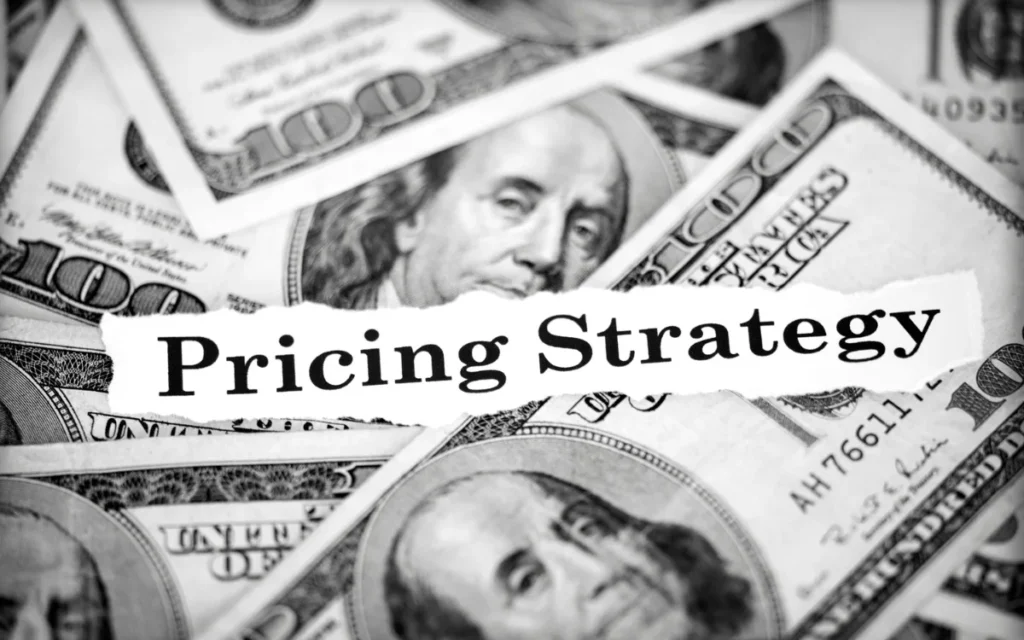Post Date: March 10, 2023

The introduction of social media has revolutionized how people interact and spend their money. Social media platforms are now being used to influence consumer spending habits, with targeted ads, online shopping convenience, fear of missing out (FOMO), impulse spending, influencer ads, and promotions and discounts all playing a role.
It is important to understand how these factors influence consumer behavior so that marketers can create better strategies for targeting customers and helping them make informed decisions. This paper will explore the various ways in which social media influences consumer spending habits, from user data mining to influencer marketing.
What Is Influencer Marketing and How Does It Affect Consumer Behavior?
Influencer marketing is a form of marketing in which companies partner with influential people in their industry to promote their products and services. Influencers can be anyone from celebrities to bloggers and social media personalities. By collaborating with influencers, companies can reach a wider audience and create more hype around their products.
Influencers have an organic reach, which means their followers are likely to trust their opinion and recommendations. This makes influencer marketing an effective way for businesses to engage with their target audience, increase brand awareness, and boost sales. By leveraging influencers, companies can also create content that resonates with their customers and ultimately drives more conversions.
How Targeted Ads and User Data Mining Can Influence Your Spending Habits
Targeted ads and user data mining are two of the most powerful techniques used to influence consumer spending habits. Social media platforms, like Facebook, use data collected from users to create targeted ads that will appeal to them. These ads are tailored to provide users with products and services that match their interests and lifestyle.
This form of marketing has proven to be highly effective as it takes advantage of the user’s psychology, making them more likely to make a purchase. Additionally, user data mining allows these platforms to learn more about their customers and provide them with more relevant ads that are more likely to make them take action. As a result, targeted ads and user data mining have become an essential component for any successful marketing strategy.
The Benefits of Online Shopping Convenience and FOMO
Online shopping convenience and FOMO have been a huge benefit to consumers when it comes to influencing their spending habits. Shopping online has become a popular choice for many people because of its convenience and the fact that it eliminates the need for them to physically go out to shop.
Additionally, the Fear of Missing Out (FOMO) has become a powerful motivator for people to purchase something they may not have planned to buy. Social media has made it easy for users to compare their material possessions with those of their peers and this has resulted in people spending money on items and experiences that they otherwise may not have purchased.
Furthermore, the in-app shopping features of social media platforms make it easier for people to purchase items without having to leave the app. Ultimately, online shopping convenience and FOMO have provided a great benefit to consumers when it comes to their spending habits.

How Social Media Can Trigger Impulse Spending
Social media can be a major trigger for impulse spending, as it has an incredibly powerful influence on our behavior and emotions. Whether it’s positive or negative, social media can give us the urge to buy something that we may not necessarily need.
The convenience of online shopping combined with the fear of missing out (FOMO) due to peer pressure, targeted ads, and influencer endorsements can all contribute to impulse spending. Social media sites like Facebook, Instagram, and TikTok are particularly effective at triggering impulse spending, as they enable users to shop directly within the app.
Additionally, promotions and discounts on these platforms can be extremely enticing and lead users to make unplanned purchases. All in all, social media has a significant impact when it comes to impulse spending.
What Are the Impacts of Influencer Ads on Consumer Buying Habits?
The influence of influencer ads on consumer buying habits is evident. Influencer ads are becoming the go-to option for companies and brands who want to reach a wide audience. By leveraging the trust of influencers and their followers, companies can create an advertisement that resonates with the target audience.
This has led to an increase in consumer engagement, brand loyalty, and an increase in sales. Consumers are more likely to trust an influencer’s opinion than an advertisement from a company directly, which has led to a higher conversion rate for influencer ads.
Consumers are also more likely to buy products and services that have been endorsed by an influencer that they trust, leading to a higher rate of impulse purchases. Overall, influencer ads have had a significant impact on consumer buying habits and will continue to do so going forward.
Promotions and Discounts: How They Influence Your Spending
Promotions and discounts are a great way to entice customers to make purchases. Social media platforms have become a major hub for companies to advertise special offers and encourage consumers to take advantage of them.
People are often driven to buy something when there is a good deal available and thus, retailers have been increasingly using this tactic to increase their sales.
Companies will often provide special discounts for followers of their social media accounts or offer exclusive deals for customers who purchase from their online stores. Such strategies have been proven to be effective in influencing consumer spending habits, particularly among millennials.
Furthermore, the fear of missing out (FOMO) can also make people more likely to buy something when they see a good discount on a product they like. All in all, promotions and discounts are powerful marketing tools that can be used to influence consumer spending.
The Current Trends in Consumer Behavior and How Marketers Can Influence It
The current consumer behavior trends involve a shift in preference for online spending, greater transparency in business practices, greater demand for green companies, and an increased desire for anonymity. Marketers can influence consumer behavior by using targeted ads and user data mining to reach the right customers with the right message.
They can also use in-app shopping features to make it easier for consumers to purchase items and take advantage of promotions and discounts. Additionally, influencer marketing can be used to build trust with potential customers and encourage impulse buying. Finally, marketers should keep up with the current consumer trends so they can adjust their strategies accordingly.
Frequently Asked Questions about Social Media’s Impact on Consumer Behavior
Q: What are the main factors that influence consumer spending habits?
A: Several factors influence consumer spending habits, such as targeted ads, online shopping convenience, FOMO (Fear Of Missing Out), force impulse spending, influencer ads, and promotions and discounts.
Q: What impact does influencer marketing have on consumer behavior?
A: Influencer marketing has a significant impact on consumer behavior. Consumers tend to trust influencers more than commercials or celebrities, as influencers only promote items they have evaluated. As such, influencers play an important role in shaping spending habits as people find them to be more trustworthy and have better content delivery.
Q: How does social media influence purchasing decisions?
A: Social media has a profound impact on our purchasing decisions. It often triggers impulse buying and can be used to encourage people to spend more money on items they might not have initially considered. Additionally, social media also plays a role in creating a sense of belonging and can make people compare their material possessions to those of their peers.
Q: What are the current consumer behavior trends?
A: Currently, the most common consumer trends are online spending, transparency, green companies, and anonymity. Marketers are able to influence consumer behavior based on these trends, as they become aware of what consumers are looking for.





